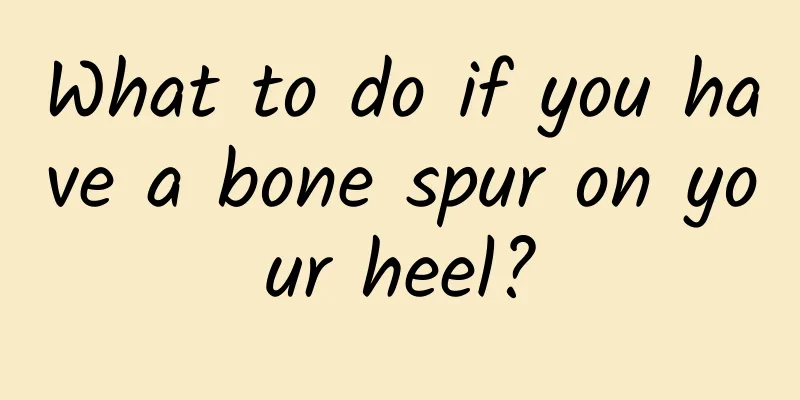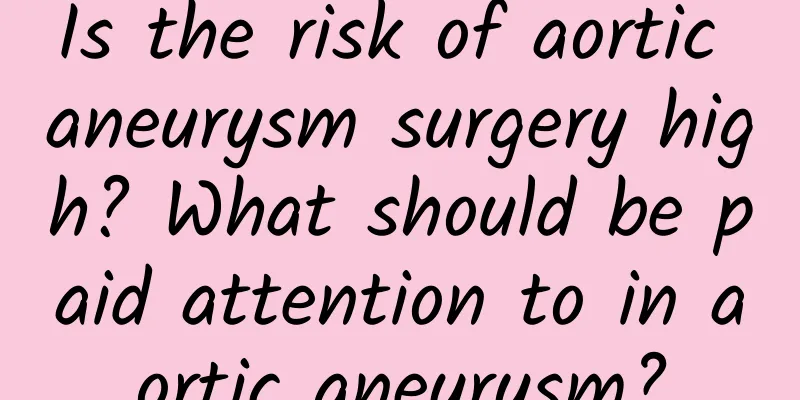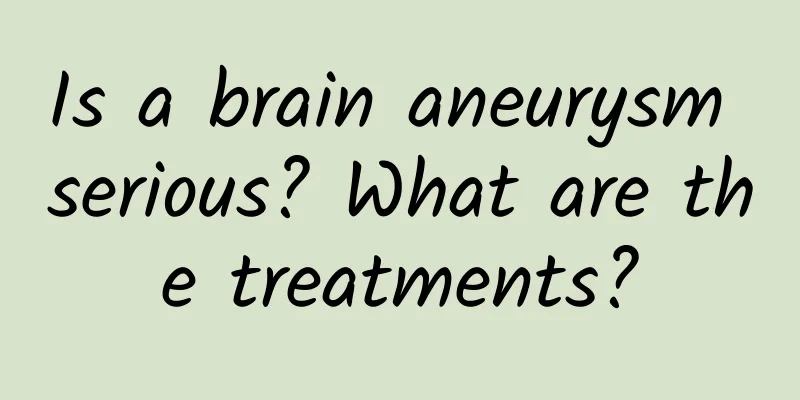What to do if you have a bone spur on your heel?

|
Bone spurs on the heels require appropriate treatments based on the severity of the symptoms, including medication, physical therapy, and surgical intervention. Reasonable daily care and prevention are also the key to alleviating symptoms and preventing further development of bone spurs. 1. Cause analysis and treatment Bone spurs on the heels are often caused by excessive pressure on the feet for a long time, bone degenerative changes, and long-term inflammatory stimulation. High-intensity load exercise, standing for a long time, or wearing shoes with insufficient sole support are also common causes. To relieve pressure, you should try to avoid standing for a long time, wear comfortable and well-fitting shoes, and choose insoles to disperse pressure. You should control your weight to avoid obesity that increases the burden on your feet. 2. Choice of drug treatment For those with mild pain, nonsteroidal anti-inflammatory drugs (such as ibuprofen and naproxen) can be used to relieve pain and inflammation. Local use of anti-inflammatory and analgesic topical ointments is also a common choice. If the pain is severe, local steroid drugs (such as triamcinolone acetonide) can be injected under the guidance of a doctor to quickly control inflammation. However, it should be noted that excessive use of hormone drugs may cause tissue degeneration. 3. Physical therapy helps Physical therapy has significant effects in improving local inflammation, promoting blood circulation, and relieving symptoms. Shock wave therapy can be used to promote local tissue repair through mechanical wave shock. In addition, hot compresses can also relieve foot discomfort. Ultrasonic therapy, commonly used in physical therapy hospitals, is also a way to improve long-term lesions, but it requires long-term persistence. 4. Surgical intervention for severe symptoms When the pain caused by bone spurs is frequent and affects daily life, or when conservative treatment is ineffective, surgical removal of the bone spurs may be considered. Common surgical methods include endoscopic minimally invasive surgery, traditional incision surgery, and cleaning of inflammatory adhesion tissue. The risk of surgery is low, but regular follow-up after surgery is still required, and long-term recovery function training and care are required. 5. Daily adjustment and care In terms of diet, you can supplement nutrients that contribute to bone health, such as vitamin D, calcium and collagen. Appropriate foot training, such as arch exercises or toe grip training, can exercise foot muscles and relieve local pressure. It is recommended to use professional foot massage equipment or soak your feet moderately to help relax the muscles. Heel spurs should not be ignored. If not treated in time, they may lead to chronic pain and limited mobility. It is recommended to improve symptoms through comprehensive treatment, pay attention to daily care, and seek professional medical intervention when necessary. |
<<: What kind of body type is prone to gallstone disease?
>>: Can bladder stones cause cystitis in women?
Recommend
What causes numb toes?
Numb toes may be a minor problem that many people...
Chinese medicine for treating hemorrhoids
Chinese herbs for the treatment of hemorrhoids ha...
When is the best time to perform surgery on perianal abscess?
The most appropriate time to perform surgery on p...
Breast cysts secret recipe
There is no scientific evidence that folk remedie...
TCM Syndrome Differentiation and Treatment of Breast Cyst
Breast cysts can be divided into different types ...
What are the basic principles of minimally invasive surgery for abdominal aortic aneurysm and how to take care of it in daily life
What are the basic principles of minimally invasi...
How long does it take to be hospitalized for breast cyst surgery?
Whether breast cyst surgery requires hospitalizat...
What was wind disease in ancient times?
In ancient times, "wind disease" was ac...
What can I eat to dissolve gallstones?
Although gallstones cannot be completely "di...
Treatment of anal fissure
Treatment of anal fissure: There are many treatme...
Is it better to have one surgery or two surgeries for perianal abscess?
For perianal abscess, whether to choose a primary...
Is there a difference between external hemorrhoids and perianal abscesses?
There are obvious differences between external he...
Can perianal abscess be treated without hospitalization?
In some cases, a perianal abscess may not require...
How to treat high platelets
When we talk about high platelets, the first thin...
How serious is a breast cyst?
The severity of breast cysts is usually determine...









